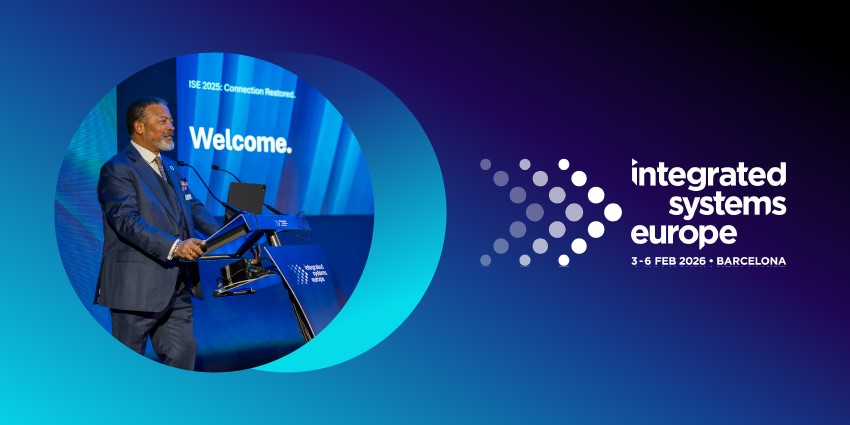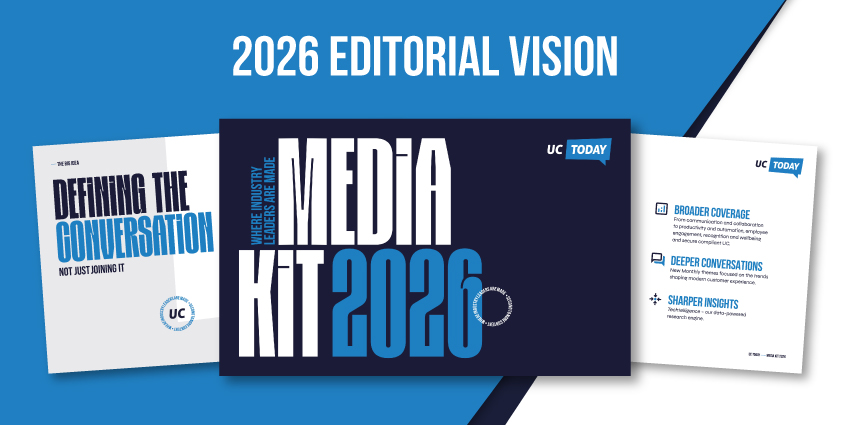Cloud voice is now a mature market. Your clients expect Microsoft Teams or Cisco Webex Calling to work out of the box, and they assume you’ll deliver it with competence. What they don’t always expect, or get, is a partner who helps them understand what’s happening on the other end of the line. Who’s calling, who’s answering, how long they’re waiting, and, critically, why that matters.
That’s where customer experience becomes the real differentiator. Because when every provider offers the same platforms, the key factor that distinguishes you is how well you help your customers fundamentally use those platforms to improve the way they conduct business.
Here are eight ways the most forward-thinking MSPs are elevating CX and how you can put experience at the heart of your voice offering.
- Bridging the CX Gap: How Akixi Supercharges Microsoft Teams for Service Providers
- The CX Differentiator: How Akixi Empowers Service Providers to Win Bigger Deals
-
Surface the Stories Hidden in Call Data
Every business call generates useful data, but most clients never see it, let alone translate it into actionable insights. Call volume by time of day, missed calls by department, and average response times across teams; these are valuable customer experience signals rather than simple operational stats.
MSPs that transform this raw data into insight reports help clients understand where they’re failing, whether it’s missed sales opportunities, frustrated customers, or under-resourced teams. It’s a subtle but powerful change. Instead of fixing phones, you’re improving tangible outcomes.
-
Shift to Proactive, Insight-Led Support
Support doesn’t need to begin with a ticket. If you’re already monitoring your clients’ voice performance, why wait for something to go wrong? Spot the anomalies early, such as rising call abandonment rates, unusual queue times, or dips in agent availability, and flag them before they become business problems.
Some MSPs now include regular voice performance reviews as part of their managed services, using CX indicators as the basis for account growth conversations. This illustrates to clients the value of your relationship in that they aren’t just paying for maintenance but foresight as well.
-
Charge for Value, Not Just Infrastructure
While telcos have experimented with outcome-based service tiers, most MSPs monetise their value through managed services and project work. Rightly so; your deep involvement in the client’s ecosystem justifies that.
But when you’re directly influencing customer satisfaction, retention or sales conversion through CX insights, don’t shy away from charging accordingly. Bundling in consultative services like trend reporting, performance diagnostics, or CX benchmarking gives you a valid reason to charge more, and a compelling story about why it’s worth it.
-
Connect Conversations to Customer Outcomes
Your clients want context, rather than simple data. Integrating call analytics into their CRM systems is one of the most direct ways to create it. When every inbound and outbound call becomes part of the customer record, teams gain a complete view of the customer journey, not just isolated voice interactions.
That opens the door to smarter workflows: real-time alerts when high-value customers call, automated follow-ups based on missed call events, and prioritised call queues based on CRM segmentation. It’s now a trackable, actionable event that lives inside the platforms your clients already rely on.
MSPs that enable this level of CRM-driven visibility grow from being IT providers to strategic CX partners, helping clients unify voice with the rest of their customer data stack and take action faster.
-
Help Clients Understand the Cost of Missed Calls
Missed or mishandled calls still cost businesses money, and helping clients perceive that is a fast track to value. One Akixi partner, Redcentric, worked with a large retail customer to refine call workflows using analytics. This led to a 15 percent uplift in recurring revenue from analytics services and direct improvements in customer engagement.
In another case, a fast-food chain discovered that 60 percent of calls were being missed due to inefficient call queue configuration. Once optimised, they saw immediate gains in order volume and staff productivity. Far more than mere technical tweaks, they represent bottom-line wins MSPs can proactively enable.
-
Bring CX Thinking into Every Engagement
Rather than creating a separate “CX practice,” this process entails embedding CX into how you approach every voice engagement. That kicks off with your discovery conversations. Are you asking about call handling workflows, queue management, or customer journey pain points?
It also means aligning your internal teams. Sales should be confident leading with CX value, not just licenses or handsets, and support should be tracking experience-related KPIs, not just incident resolution. It’s a culture shift, but one that pays off in deeper client relationships.
-
Use CX Performance Reviews to Drive Account Growth
Quarterly Business Reviews (QBRs) often tend to become checkbox exercises. However, when you build them around customer experience data, they become strategic.
Review call handling metrics, pinpoint positive trends, and flag issues before they hurt. Then, layer in recommendations: add hunt group monitoring, tweak resource allocation, and refine opening hours. Suddenly, the QBR evolves into a roadmap discussion rather than a basic status update.
Additionally, it opens the door to upselling services based on authentic business needs instead of a product catalogue.
-
Partner with CX-Focused Tech Providers
To lead with experience, you don’t need to handcraft your own analytics platform. The smartest MSPs partner with vendors specialising in call analytics and reporting, tools that make voice data visible and digestible.
Akixi, for example, equips partners with real-time dashboards, historical reporting, and trend analysis built for Microsoft Teams and Cisco Webex. That means you can focus on interpreting and advising, not grappling with spreadsheets or APIs. The partnership essentially becomes an accelerant for your CX offering.
Make Customer Experience Your Competitive Edge
Cloud voice is commoditising. The platform itself no longer sets you apart. But customer experience, how well your clients understand and optimise every interaction, is where the real differentiation resides.
You earn far more than revenue by bringing insight, foresight, and business alignment to your voice services. You earn trust. You become the invaluable partner they turn to when the conversation transitions from uptime to outcomes.
Akixi partners already embed many of these CX principles, from call analytics and CRM integration to missed call tracking and experience-led reviews, into their managed-voice offers.
Akixi helps MSPs elevate customer experience, boost client loyalty, and grow revenue. Learn more about its partner offering here.







